What happened in Vegas (that you actually want to know about)
NetmanageIT OpenCTI - opencti.netmanageit.com

SUMMARY :
This article recaps key highlights from Black Hat USA, including Joe Marshall's live incident-response exercise using the Backdoors & Breaches card game, Amy Chang's research on bypassing AI guardrails through 'decomposition', and Philippe Laulheret's ReVault presentation on vulnerabilities in embedded security chips. The article also mentions a widespread malvertising campaign distributing 'PS1Bot', a multi-stage malware framework using PowerShell and C# modules to steal sensitive information. The report emphasizes the importance of caution when downloading files, keeping security software updated, and using dedicated password managers. It concludes with recent security headlines and upcoming events featuring Talos.
OPENCTI LABELS :
powershell,malvertising,c#,ps1bot,cve-2025-6543,embedded security,ai guardrails,incident-response,black hat usa
AI COMMENTARY :
1. The headline grabbing title of this report, What happened in Vegas (that you actually want to know about), sets the stage for an inside look at Black Hat USA. This year’s conference delivered a diverse range of threat intelligence discoveries and practical demonstrations that cybersecurity professionals will find invaluable. Attendees braved packed halls and late‐night sessions to glean insights from experts across incident‐response, AI research, embedded security and malware defense.
2. Joe Marshall kicked off a live incident‐response exercise that put theory into practice with the Backdoors & Breaches card game. Participants raced to investigate a simulated network compromise, tracing malicious traffic, identifying PowerShell scripts and quarantining rogue C# modules. This dynamic session highlighted the importance of structured play in sharpening real‐world skills and reinforced the incident‐response mantra: know your environment, own your logs and automate repetitive tasks.
3. In a thought-provoking presentation on bypassing AI guardrails through decomposition, Amy Chang revealed novel techniques for extracting sensitive data from generative models. By decomposing queries into smaller sub-questions and reassembling responses, attackers could circumvent content filters and exfiltrate proprietary information. Her work underscores the urgency of fortifying AI guardrails and monitoring anomalous query patterns before threat actors exploit emerging vulnerabilities.
4. Philippe Laulheret’s ReVault session exposed critical flaws in embedded security chips, shedding light on a new attack surface. Through fault injection and side-channel analysis, he demonstrated techniques that could unlock secret keys inside tamper-resistant hardware. The discovery, tracked as CVE-2025-6543, serves as a wake-up call for device manufacturers and security teams to implement layered defenses and continuous firmware validation.
5. Amidst the conference buzz, researchers sounded the alarm on a global malvertising campaign distributing PS1Bot, a sophisticated multi-stage malware framework. By luring victims to compromised web ads, attackers deployed initial PowerShell stagers before loading C# payloads designed to siphon credentials and exfiltrate sensitive data. The PS1Bot operation illustrates how threat actors blend malvertising with script-based toolkits, emphasizing the need for network segmentation, up‐to‐date endpoint security and strict download policies.
6. As Black Hat USA came to a close, attendees left armed with new threat intelligence and a renewed commitment to proactive defense. Security teams should keep software patched, leverage dedicated password managers and continuously monitor for suspicious Powershell execution. Stay tuned for the latest security headlines from Talos, upcoming training events and deeper dives into incident‐response strategies that will shape the threat landscape in the months ahead.
OPEN NETMANAGEIT OPENCTI REPORT LINK!
Use public read only username and password on login page.
NOTE : Use Public READ only user credentials on login page banner.
What happened in Vegas (that you actually want to know about)


